In the realm of teas, where varieties span continents and centuries, Baixue Tea emerges as a captivating anomaly. Often shrouded in mystery, this beverage—known in Chinese as Báixuě Chá—transcends conventional categorizations, blending geography, botany, and cultural lore into every steep. To the uninitiated, the name alone evokes imagery of frost-kissed landscapes and ethereal brews, yet the reality of Baixue Tea is far more nuanced. This article delives into the origins, characteristics, and cultural significance of this unique infusion, offering a comprehensive exploration of a tea that defies easy definition.
The Geographical Tapestry of Baixue Tea
Baixue Tea thrives in the rarefied air of the world’s highest mountain ranges, predominantly the Himalayas and the Tibetan Plateau. These regions, characterized by extreme altitudes, harsh climates, and pristine ecosystems, provide the ideal conditions for the lichen species Thamnolia vermicularis—the biological foundation of Baixue Tea. Unlike traditional teas derived from the Camellia sinensis plant, Baixue Tea is a symbiotic organism, a partnership between fungi and algae that forms a fragile, lace-like structure. This lichen’s ability to endure UV radiation, freezing temperatures, and minimal soil nutrients makes it a marvel of adaptation.
The tea’s name, Báixuě (白雪), translates to “white snow,” a nod to both its icy habitat and the tea’s pale, frosty appearance when dried. Harvesting occurs at elevations exceeding 3,000 meters, where human presence is sparse, and environmental purity is paramount. Local communities, often Tibetan or Himalayan nomads, embark on arduous treks to collect the lichen, a task fraught with challenges due to the terrain’s inaccessibility and the lichen’s delicate nature.
Botanical Origins and Ecological Impact
The lichen Thamnolia vermicularis is not exclusive to Asia; it grows in polar regions and high mountains worldwide. However, its use as a tea is deeply rooted in Tibetan and Nepalese traditions. Scientifically classified as a fruticose lichen, it forms intricate, branching networks that resemble coral or delicate filaments. This structure allows it to trap moisture and nutrients from the air, a trait that renders it exceptionally sensitive to pollution. Consequently, Baixue Tea serves as a bioindicator of environmental health—its presence in a region signals pristine atmospheric conditions.
The harvesting process is labor-intensive and sustainable, adhering to age-old practices designed to prevent ecological damage. Collectors handpick only mature specimens, leaving younger growths to ensure regeneration. This ethical approach contrasts with the overharvesting plaguing many medicinal plants, underscoring Baixue Tea’s role as a guardian of biodiversity.
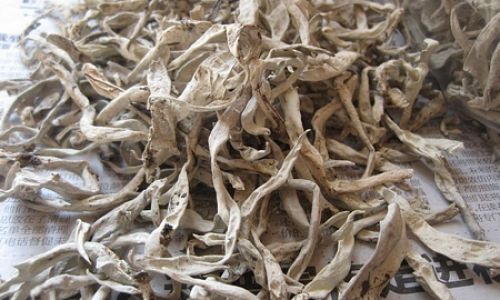
Aesthetic and Sensory Profile
When dried, Baixue Tea resembles clusters of silver-white threads, earning it aliases like “Snow Tea” or “Silver Thread Tea.” Its appearance is otherworldly, with a texture akin to fine cobwebs or frosted branches. Upon brewing, the lichen unfurls in hot water, releasing a liquor that ranges from pale yellow to amber, depending on steeping time.
The aroma is subtle yet distinctive, with earthy undertones reminiscent of damp moss or forest floors, complemented by faint floral notes. Flavor-wise, Baixue Tea defies the bitterness or astringency common in true teas. Instead, it offers a mild, slightly sweet profile with a hint of minerality—a taste often likened to melted snow or fresh mountain springs. The absence of caffeine and tannins makes it an ideal choice for those seeking a calming, non-stimulating beverage.
Cultural Significance and Traditional Uses
Baixue Tea’s history is intertwined with Tibetan medicine and Himalayan folklore. Revered as a “heaven-sent” remedy, it has been used for centuries to treat altitude sickness, digestive ailments, and respiratory issues. Tibetan doctors prescribe it to alleviate symptoms of fatigue, dizziness, and nausea—common afflictions in high-altitude environments. Its purported detoxifying properties also make it a staple in post-feast cleansing rituals.
Beyond medicine, the tea holds spiritual significance. Monasteries in Tibet and Bhutan incorporate it into ceremonies, believing it enhances mental clarity and focus during meditation. Local legends describe Baixue Tea as a gift from deities, with some myths claiming it grows only where celestial beings have trodden. Such lore has cemented its status as a symbol of purity and resilience.
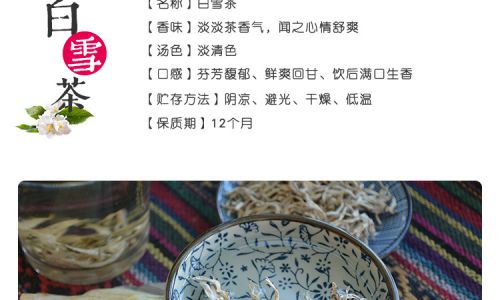
Modern Scientific Scrutiny
While traditional knowledge abounds, modern science is only beginning to unravel Baixue Tea’s biochemical secrets. Preliminary studies highlight its rich polyphenol content, including usnic acid—a compound with antimicrobial and anti-inflammatory properties. Research also suggests potential antioxidant and immunomodulatory effects, though clinical trials remain limited.
Critics argue that many health claims are anecdotal, and overconsumption of usnic acid can cause liver toxicity. However, when consumed in moderation, Baixue Tea is generally considered safe. Scientists emphasize the need for controlled studies to validate its therapeutic potential, particularly in managing chronic conditions like hypertension or diabetes.
Preparation and Pairing Rituals
Brewing Baixue Tea is an art form that respects its delicate constitution. The lichen requires lower temperatures than traditional teas—ideally between 70–80°C (158–176°F)—to avoid bitterness. A typical infusion uses 2 grams of lichen per 200 ml of water, steeped for 3–5 minutes. Oversteeping may release tannins, altering the flavor profile.
Enthusiasts often enhance its natural sweetness with a drizzle of honey or a slice of lemon. In Tibetan households, it is sometimes blended with yak butter and salt, creating a nourishing brew to combat cold. Pairing suggestions include light pastries, almond-based desserts, or mild cheeses, as the tea’s subtlety can be overwhelmed by bold flavors.
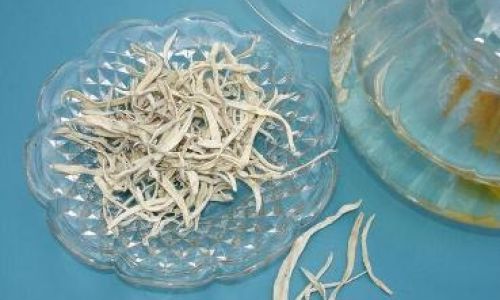
Comparative Analysis: Baixue Tea vs. Conventional Teas
Baixue Tea occupies a unique niche in the tea spectrum. Unlike green, black, or oolong teas, it contains no caffeine, making it suitable for evening consumption. Its lack of tannins also eliminates the dryness often associated with true teas. However, it lacks the complexity of aged pu-erh or the floral notes of Darjeeling. Herbal infusions like chamomile or peppermint share its caffeine-free status but differ in flavor and cultural context.
Culinary applications further distinguish it. While conventional teas are often paired with food or used in cooking, Baixue Tea’s rarity and cost limit its use to ceremonial or medicinal contexts. Its delicate flavor profile also makes it a poor candidate for iced tea or milk-based preparations.
Conservation Concerns and Sustainability
As demand for Baixue Tea grows—fueled by wellness trends and exotic tea markets—conservationists raise alarms about overharvesting. The lichen’s slow growth rate (adding just a few millimeters annually) and fragile ecosystem make it vulnerable to exploitation. Local governments and NGOs are implementing quotas and protected zones to safeguard wild populations.
Cultivation efforts remain experimental, as the lichen’s symbiotic relationship is poorly understood. Some researchers are exploring lab-grown alternatives, but purists argue that artificial cultivation cannot replicate the wild lichen’s potency. Until sustainable farming methods emerge, Baixue Tea will likely remain a rare, high-priced commodity.
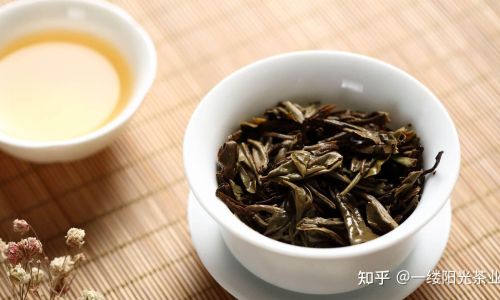
Conclusion: The Future of Baixue Tea
Baixue Tea stands at a crossroads, balancing tradition with modernity. Its cultural and ecological value demands preservation, yet commercialization threatens its very existence. As consumers, the choice to support ethical harvesters and prioritize sustainability can ensure this “tea of the gods” endures for generations. Whether sipped for its rumored health benefits, cultural resonance, or纯粹 aesthetic pleasure, Baixue Tea remains a testament to nature’s ingenuity—a frost-kissed elixir born from the world’s loftiest peaks.
In an era where teas are often reduced to commodities, Baixue Tea invites contemplation. It is not merely a beverage but a bridge between earth and sky, a reminder that some treasures are worth preserving in their purest form.
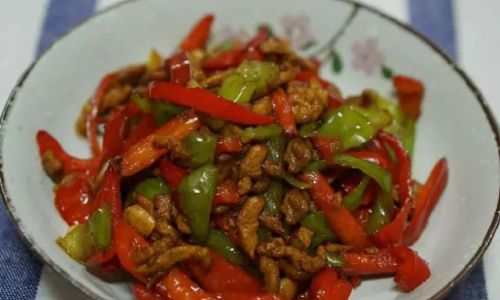
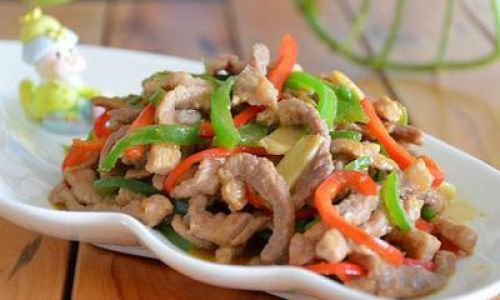
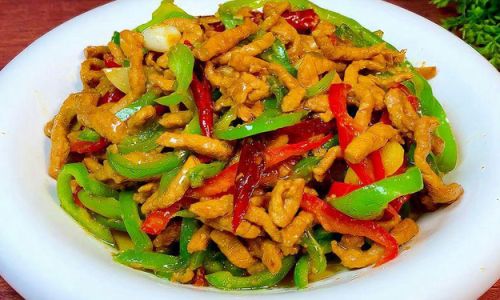
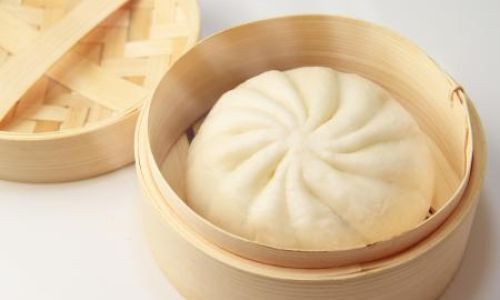
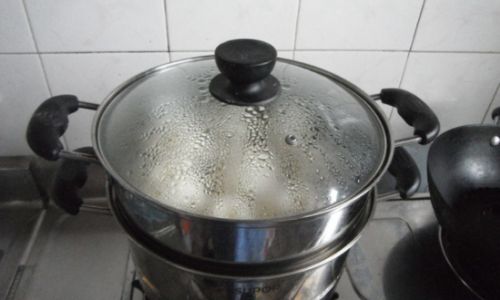
0 comments